
Blog
Eight beauty trends exploding in 2022

Here is a deep dive into the overarching themes trending in 2022, from how we’ll express ourselves through products, to the progress being made in sustainability and inclusion across the industry.
Skincare continues to take the lead
Skincare is the frontrunner in beauty’s global expansion, according to industry analysts, and we can expect to see lots of innovation in this sector come 2022.
With last year’s rise of ‘skinimalism’, where we shunned the extensive multi-step routines and began to adopt a more intuitive approach to product usage based on our own skin needs, skincare brands are now prioritising quality over quantity.
Many of us are becoming more focused on improving our skin health with products, over minimising ageing aspects like wrinkles (especially since we better understand what skincare can achieve, versus professional tweakments). Central to this is calming increased sensitivity caused by factors such as mask wearing, overuse of aggressive skincare, pandemic stress, and exposure to pollution.
Skincare BRANDS are now PRIORITISING QUALITY over QUANTITY
It ties into Google Trend searches for ‘microbiome skincare’ growing by over 5000 per cent in the last 12 months, alongside a rise in skincare featuring pre and probiotic additions intended to rebalance and strengthen our skin. For 2022, trend forecasting agency WGSN predicts fermented beauty will play a big part in this. Big in Japan and Korea (as well as on TikTok, globally…), fermented ingredients have the potential to boost our barriers, plus the naturally occurring bacterias prolong the shelf life of formulas which will appeal to the sustainably minded.
50 PER CENT of CONSUMERS now PREFER to PURCHASE HYBRID COSMETICS with SKIN BENEFITS
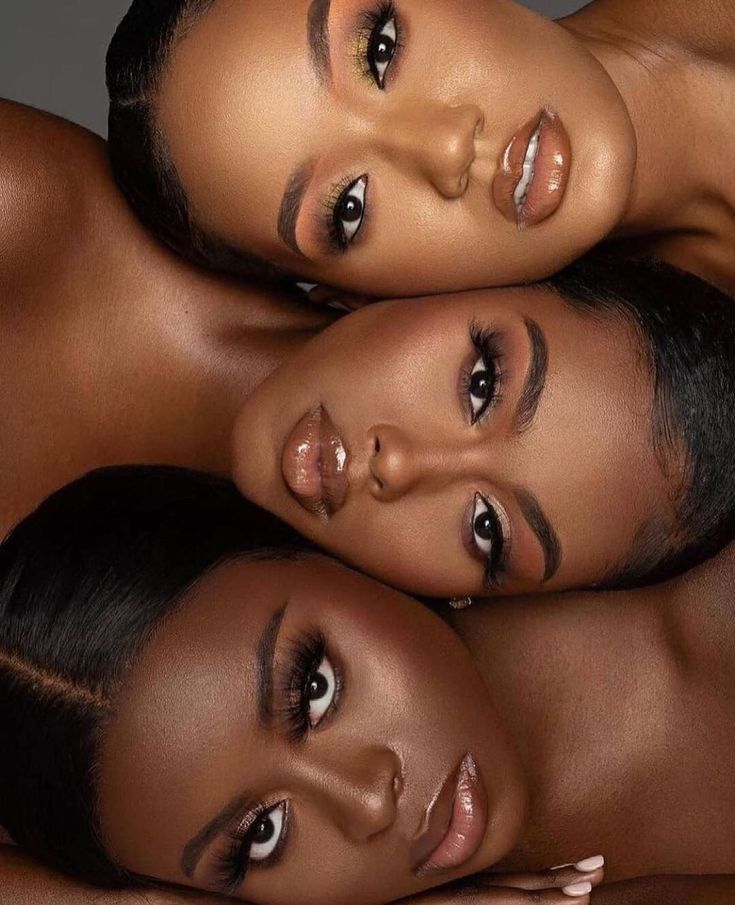
Continuing to look forwards, we can also expect our makeup to act like skincare, too. A recent Mintel report reveals that 50 per cent of consumers now prefer to purchase hybrid cosmetics with skin benefits, a burgeoning beauty category that looks set to blossom next year.
Producing makeup with skincare characteristics is a priority for both niche brands and household names. In 2021, complexion products were up by 15 per cent at Content Beauty, which saw the biggest spike in October with Ilia Beauty’s Super Skin Tint SPF30 — a hybrid of skincare, makeup and sun protection which remains a site-wide bestseller since launch. Dior Beauty’s star release is the new-and-improved Forever Foundation which has been reformulated with added skincare benefits. Plus, the fashion house has released its first Rouge Dior coloured lip balm and a Dior Addict Lip Maximizer Serum — both of which blur the lines between lip care and traditional cosmetics.
Simplified sustainability: from ‘condensed beauty’ to biotech innovation
In 2022 the war on greenwashing in the beauty industry will rage. With demand for clarity over beauty brands’ values – and transparency tech companies like Provenance helping prove eco-claims – consumers are calling time on misleading marketing. Expect more action like The British Beauty Council’s recent Planet Positive Beauty Guide helping consumers avoid ‘greenwashed’ products.
In line, everyday sustainability will feel more accessible, with local recycling schemes on the rise. Initiatives like ‘Recycle at Boots’ (where customers receive Advantage Card points for products deposited) and Maybelline’s multi-brand recycling points in branches of Tesco, Boots, Sainsbury’s and Superdrug, look set to become the norm.
When it comes to sustainable formulations, innovations in waterless products are taking off. ‘Condensed beauty’ – a new movement coined by foresight consultancy The Future Laboratory – is all about brands discovering new ways to amplify the results and efficiency of beauty formulas, while reducing product waste. They’re taking it beyond the zero-plastic solid shampoos (of which even L’Oréal-owned Garnier launched in 2021).
Ones to watch in this field include Forgo with its new Body Wash – a powder which when added with water creates a skincare-focused body cleanser, while reducing emissions by 85 per cent; and SBTRCT’s first-to-market waterless vitamin C serum in a bar.
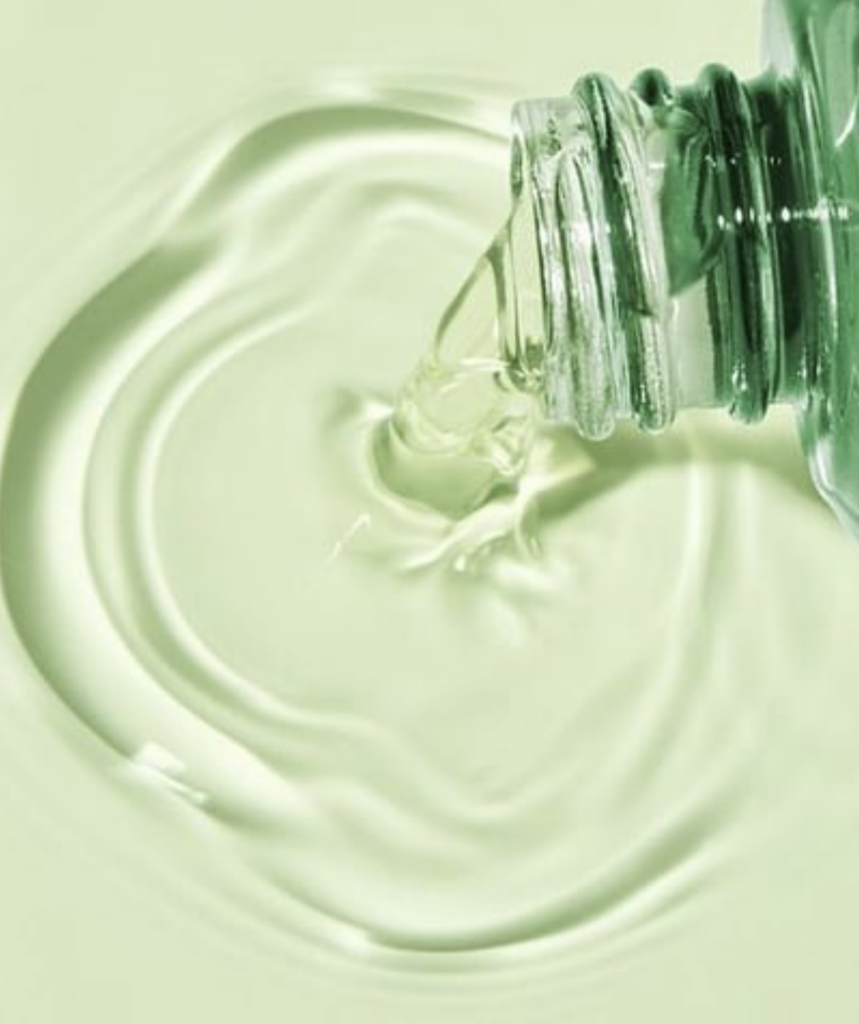
Another beauty buzzword to know is ‘cleanical’, which is also set to be big this year. It’s the sweet spot between camps ‘clean’ and ‘clinical’, “promising efficacy while also taking into account the desire for natural product claims” – and their impact on the environment.
Here, biotechnology (dubbed ‘clean chemistry’) promises to be the key to sustainable formulating. Brands like Biossance, which are leaders in the field, create safe lab-grown active ingredients that are endangered in the natural world.
The IDEA is that by BIOSYNTHETICALLY GROWING INGREDIANTS we can AVOID EXHAUSTING RESOURCES
The idea is that by biosynthetically growing ingredients we can avoid exhausting our resources, without compromising on efficacy. As Reese Witherspoon, Biossance’s global brand ambassador tells us of this innovation, “I love that collectively we can all do better”.
The grooming industry will flourish, helping redefine masculinity
Male-marketed beauty and grooming is on the rise, and is a sector expected to generate global sales of $81.2 billion by 2024. This is partly due to the lockdowns – when men experimented with products comfortably at home. But it’s also down to a more gradual evolution of the norms around how masculinity is defined, alongside our collective interest in self-care and the beauty brand boom of recent years offering men more product choice as well as agendas they can align with.
The celebrity beauty brand market may have become saturated in 2021, but we can expect to see more from the boys this year, following in the footsteps of Harry Styles (who launched Pleasing in part to “dispel the myth of a binary existence”) and Machine Gun Kelly, Lil Yachty and AJ McLean who all recently launched nail polish brands.
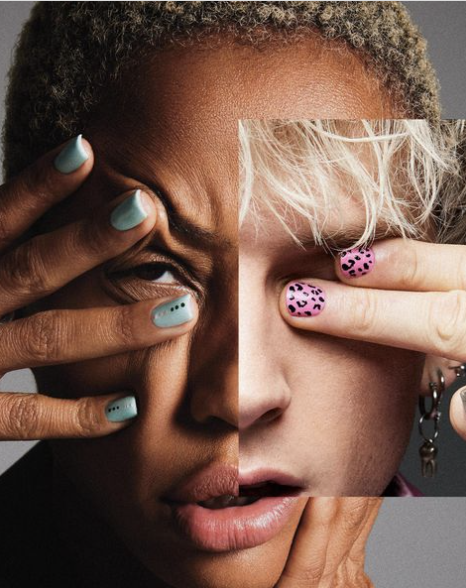
As well as celebrity culture subverting outdated gender norms, social media has given men a platform to rewrite traditional gender scrips and challenge stereotypes when it comes to beauty.
SOCIAL MEDIA has given MEN a PLATFORM to REWRITE TRADITIONAL GENDER NORMS and CHALLENGE STEREOTYPES when it comes to BEAUTY
From makeup tutorials celebrating creativity driven by a diverse community of Gen Zers on TikTok, to positivity movements–like the rise of ‘bald positivity’, challenging male hair loss stigma —spearheaded by millennials on Instagram, we can expect masculine identity to further evolve through beauty next year.
The skincare world will diversify its narrative
Since the dawn of beauty’s uprising against the white-washed beauty industry, the needle has moved significantly. Mainstream retailers and brand owners have responded with action that goes beyond the performative, plus, there’s been a significant increase in beauty brands launched by people of colour. Many authorities in the beauty sphere are using their platforms to challenge injustices and champion equality, including Sharon Chuter, the founder of the truly inclusive Uoma Beauty who made a huge impact with her #PullUpOrShutUp campaign calling for transparency from beauty businesses around Black employment.
While this is all positive there’s still much work to be done before we can declare the beauty experience an equal playing field for all to participate in.
Skincare is one sector under the spotlight in 2022. Influential aesthetician Dija Ayodele says that while makeup has always been ahead in terms of diversity (and we can thank Rihanna for galvanising that change with Fenty Beauty), “Black women haven’t been part of the skincare space”. Her new book, Black Skin: The definitive skincare guide is both a practical reference guide and an education in skincare equality.
This, alongside her digital platform the Black Skin Directory, sheds light on how therapists are disadvantaged because they don’t come out of beauty school with knowledge of treating darker skin tones (which in turn disadvantages their clients). In addition, she highlights that the same is happening medically in the dermatology world, where teaching is always presented on white skin.
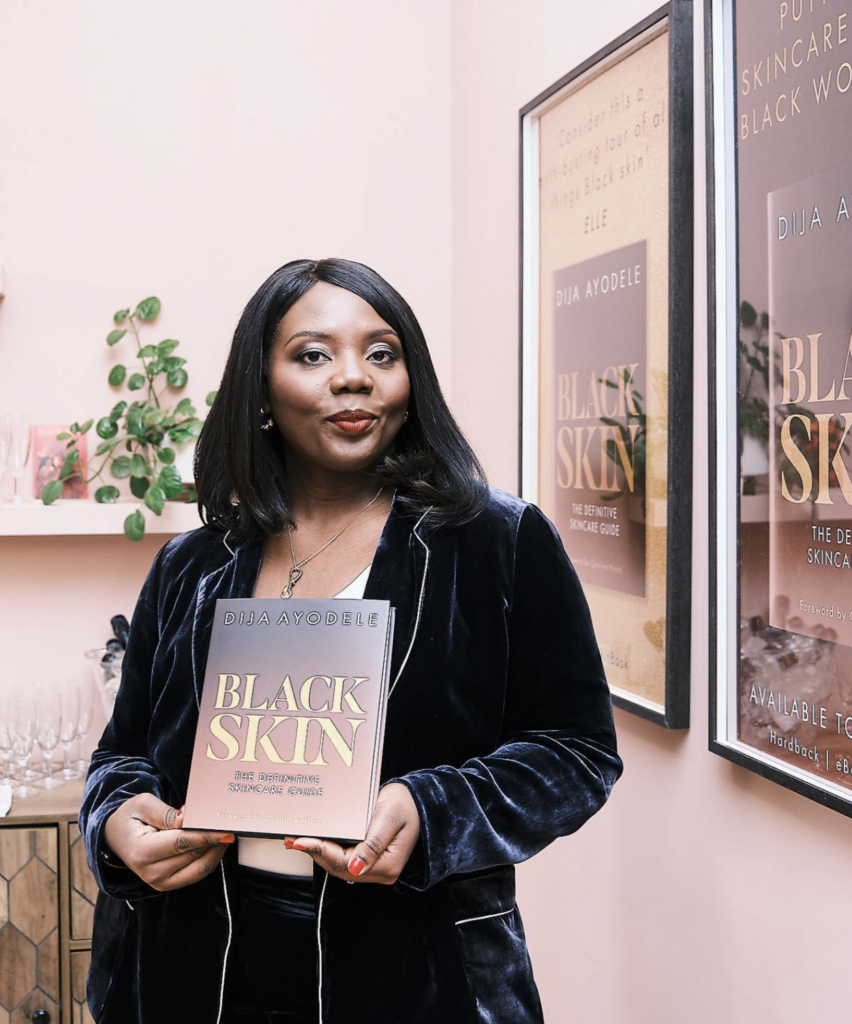
This issue led Black medical student (and now TedX Speaker) Malone Mukwende to curate a handbook called Mind The Gap which presents clinical features on darker skin for his industry to use.
Meanwhile, back in the beauty world, Farah Naz–the biochemist-turned-beauty entrepreneur who founded EX1 Cosmetics–teamed up with world-renowned colour scientist Professor Stephen Westland to develop a game-changing skin classification system, the Naz-Westland Index, which presents a much more diverse (and accurate) scale of skin colour.
“To me it’s unbelievable that we’re still using the Fitzpatrick scale, which was created in the 1970s and only has six skin tone types, which isn’t close to being inclusive enough,” says Naz.
To me it’s UNBELIEVABLE that we’re still USING the FITZPATRICK SCALE, which was CREATED in the 1970’s and ONLY has SIX SKIN TONE TYPES, which isn’t CLOSE to being INCLUSIVE enough
“Our system has 20 skin tone types that are highly accurate and based on countless hours of research and in-depth skin analysis.”
We’re optimistic that 2022 will see a shift in the culture of both aesthetic and medical education, as much as greater inclusion of people of colour in the narrative of skincare and cosmetics.
The blurring of beauty, health and oral care
Wellness is still the ultimate luxury in our mid-pandemic world, with ‘health signalling’ (a showcase of your wellbeing attitudes) here to stay. In line, the confluence of wellness and beauty shows no sign of slowing.
From protein powders and adaptogen gummies to the explosion of the status-candle, ‘sexual wellness’ accessories and CBD-infused sanitary care, non-traditional beauty buys happily sit alongside our skincare and makeup on the shop shelves (and in our #shelfies).
An area where the two meet that especially interests us is that of wellness fragrances. Quite the U-turn from wearing scents to smell attractive to others: this is all about you. Leading the way is The Nue Co., which uses patented neuroscience technology in its perfumes to tap into different parts of the wearer’s brain and deliver different benefits – from increased focus to energy. The brand’s newest launch, Mind Energy, promises to promote mental clarity over 30 days. Just what the doctor ordered.
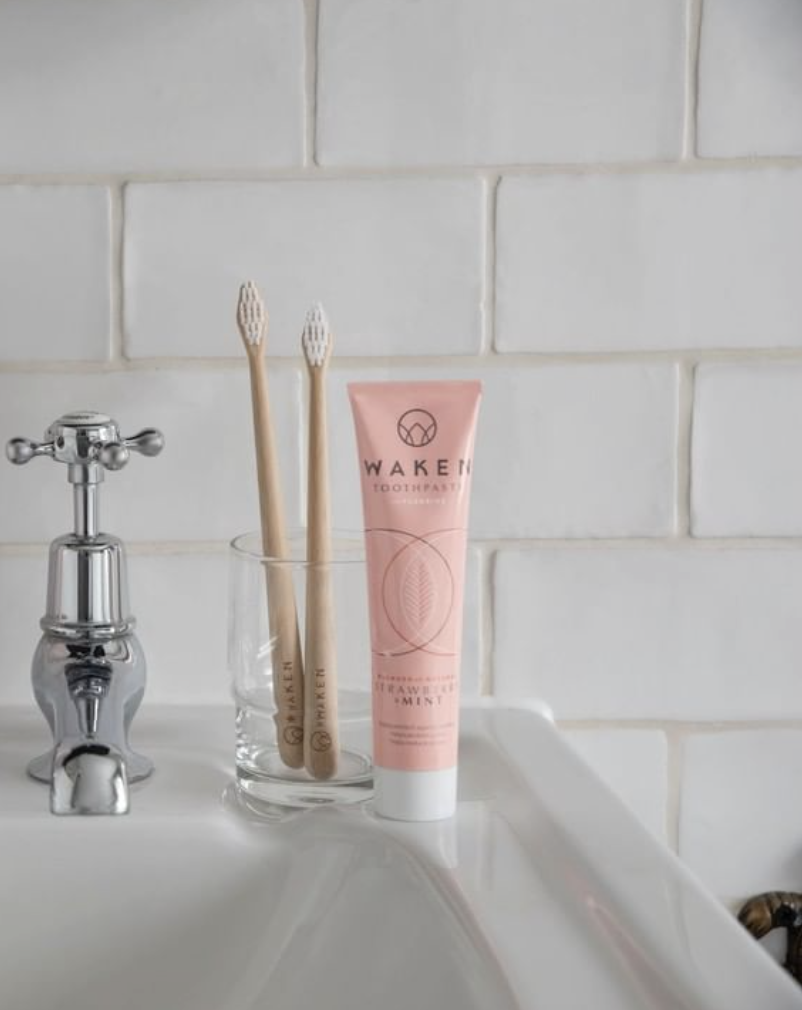
When it comes to dental care merging with beauty, the rise in ‘denfluencers’ (dental influencers) on social media has also fuelled increase interest in oral care, and the brands of that world. While we may still associate household names like Colgate and Aquafresh with toothpaste and mouthwash, niche sustainable brands like Waken Mouthcare have branched into cosmetics. It’s lip balm flavours correspond with the toothpastes and mouthwashes, and this chic set even manages to make oral care gift-worthy.
Beauty tech growth: from advanced personalisation to makeup in the metaverse
Of course, like science, tech is embedded in every aspect of beauty and the future of the industry depends on both.
Since the pandemic we’ve specifically seen huge ‘tech-celeration’ that will only snowball. Here, personalisation of formulas and services is a big focus, from AR-assisted ‘custom cosmetechs’ – so coined by Clare Varga, head of beauty at WGSN, (think virtual makeup try-ons, and home devices like YSL’s Rouge Sur Mesure, a revolutionary lip colour creator), to the digital dermatology and dentistry boom.
Look out for services like GetHarley which connects users to doctors; The Inkey List’s ‘myINKEY’ – digital access to a PT for your skin; period-tracking app Clue which has partnered with L’Oreal to offer personalised hormone-related skincare advice; and dental tech app Toothfairy providing a bespoke remote treatment method. (On a science note: personalisation is a priority, too – with “genetic testing driving the next phase of skincare“, according to WWD.)
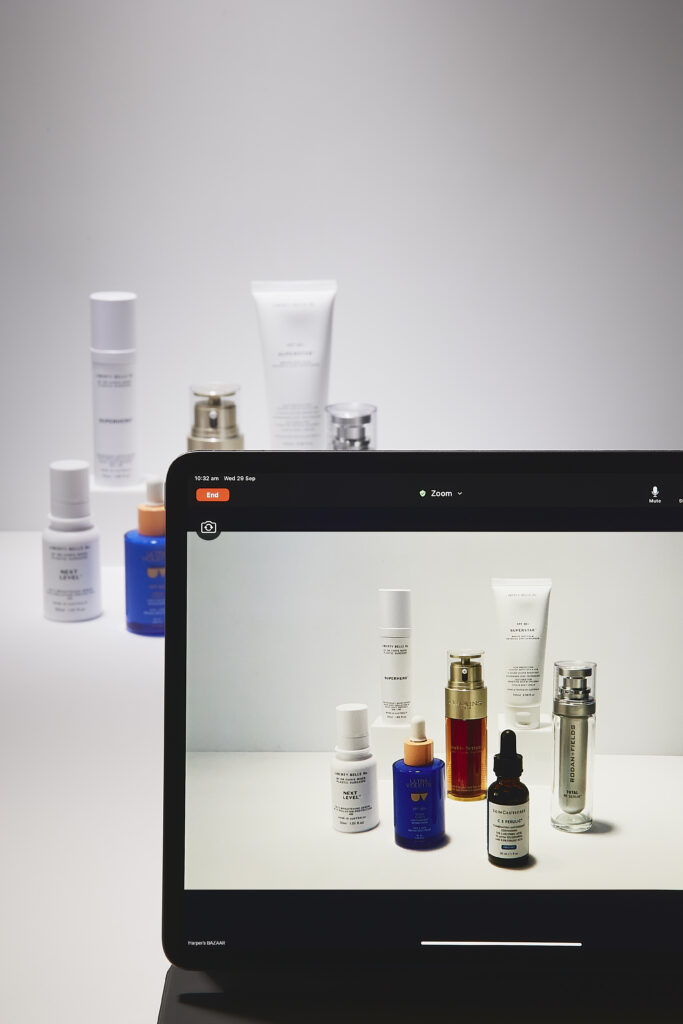
Elsewhere in beauty tech, the relationship between gamers and beauty fans looks set to explode. With gaming bigger than ever, and 46 per cent of enthusiasts being female, it’s no wonder Givenchy, Gucci Beauty and Charlotte Tilbury are already in on the action.
In these parallel universes, user avatars can wear a whole host of beauty looks, utilising similar tech to brands’ virtual try-on tools that proved lockdown successes. Recently, Nars and Dior Beauty partnered with South Korean metaverse Zepeto, enticing more beauty fans into this virtual world.
In addition, the likes of Givenchy Beauty and Clinique are offering crypto rewards, or non-fungible tokens (NFTs), to offer access to exclusives in the metaverse. It’s “bridging the gap between traditional loyalty systems and the booming cryptocurrency market,” WGSN explains in its 2022 trend forecast.
Hair, makeup and nail looks will take inspiration from the past, but have an optimistic outlook
Celebrating individualism may be central to beauty movements now, but cyclical trends will always remain, and in 2022 inspiration will come from the early Noughties.
Amplified by TikTok, and with resale platforms like Depop a hotbed for the fashion, expect year 2000 (or ‘#Y2K’) beauty looks everywhere – from baby braids to thin brows, icy eyeshadow and body shimmer.
The Y2K nostalgia can be attributed partly to an evolution of our Nineties obsession (things must move, after all), and partly to a collective yearning for simpler times. Think: pre-digital media and, of course, pre-pandemic.
The Y2K NOSTALGIA can be ATTRIBUTED partly to an EVOLUTION of our NINETIES OBSESSION, and partly to a collective YEARNING for SIMPLER TIMES.
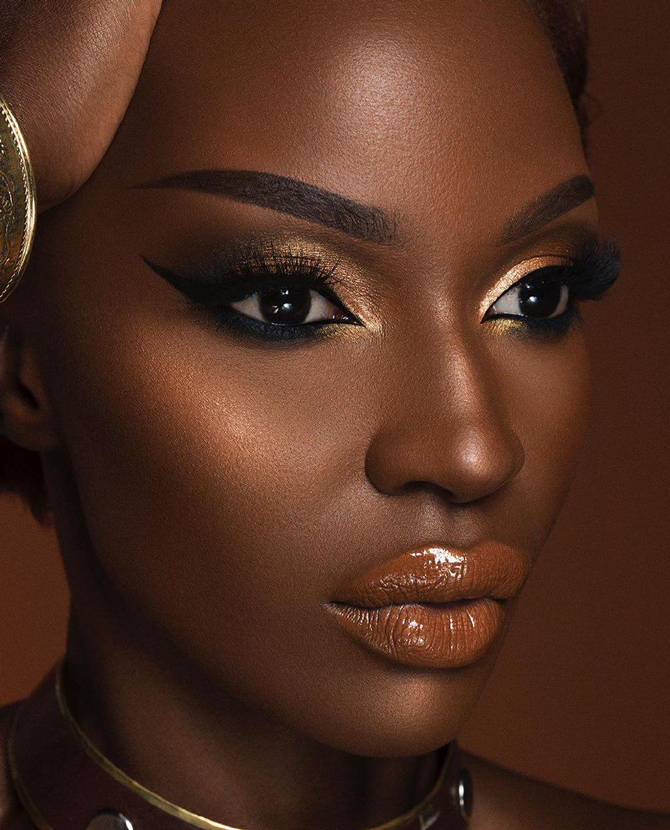
Covid-19 will continue to influence our beauty looks in other ways too, and not only via the effects of mask-wearing. Pinterest’s recently released predictions include ‘pandemic break-up hair,’ with hard-to-miss hairstyles such as mullets, shaved head designs and short mohawks set to trend. Meanwhile, high-puff hairstyles and big space buns speak less to rebellion and more to people proudly celebrating their natural texture.
Our face and bodies will also play canvas to creative and celebratory looks, with the use of joyous embellishments like face gems, body stickers and temporary tattoos. Meanwhile our nails – according to Pinterest – will be painted with escapist landscape-style designs (from geode to galaxy nail art).
Finally, word-of-mouth trends will continue to dominate (and fascinate)
When it comes to the micro-trends that will break the internet in 2022, frankly your guess is as good as ours. After all, who would have predicted that 2021’s biggest beauty must-have would be Clinique’s Almost Lipstick Black Honey, which launched 50 years ago. (And then there was the obsession with using personal lubricant as makeup primer. But let’s gloss over that one.)
Viral TikTok trends that jump off the platform into real life will no doubt continue to dominate – and fascinate – next year. “The impact of word-of-mouth on today’s beauty industry is undeniable,” says Jonah Berger, marketing professor at Wharton School at the University of Pennsylvania. “Today’s consumers turn to online personalities and offline peers for advice about what to buy.”
Today’s CONSUMERS turn to ONLINE PERSONALITIES and OFFLINE PEERS for ADVICE about what to BUY.
Few things better exemplify this trend than what happened to Clinique’s Black Honey which has suddenly been adopted by a new generation of users. Berger explains that people love to talk about the product because it makes them look good – not only visually.
Telling others about a COOL PRODUCT that they DON’T already KNOW ABOUT, gives people SOCIAL CURRENCY
“Telling others about a cool product that they don’t already know about, gives people social currency that makes them look good to their peers. In today’s digital age, the power of word-of-mouth is only ever more important and something we will continue to see play a role with trends.”
Reference: Bridget March, “These eight beauty trends are set to explode in 2022“, BAZAAR.
